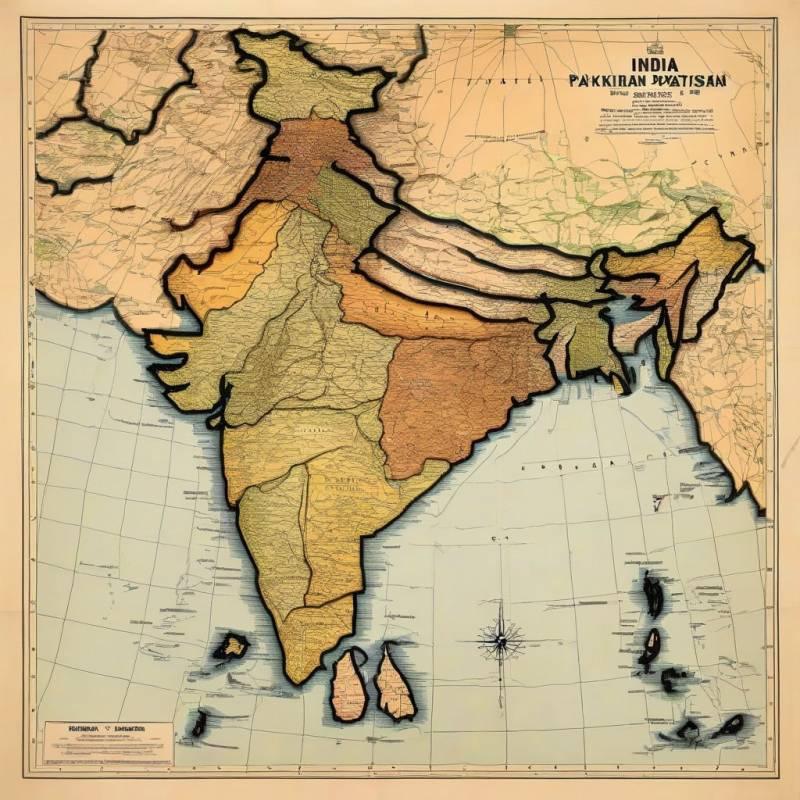The scenarios of Pakistan is sold or merged with India They are complex and raise a multitude of considerations. While these scenarios are not based in reality, exploring their possible implications can be an interesting exercise. Let’s examine both scenarios separately:
Scenario 1: Pakistan for sale
Geopolitical implications:
1. International outcry: The sale of a sovereign nation would likely result in widespread international condemnation, as it goes against the principles of self-determination and national sovereignty.
2. Human rights concerns: The rights and well-being of the Pakistani population would be a major concern, which could lead to refugee crises and humanitarian challenges.
3. Regional stability: The sale could destabilize the South Asian region, impacting neighboring countries and global security.
Economic considerations:
1. Economic dependence: The buyer would inherit economic challenges and dependencies on Pakistan, which could have long-term consequences.
2. Impact on global trade: The sale could alter the dynamics of global trade, affecting economic partnerships and international relations.
Social and cultural impacts:
1. Cultural identity: The sale could result in a loss of cultural identity and autonomy for the people of Pakistan, which could lead to social unrest.
2. Integration challenges: Assimilating a population with different cultural and historical backgrounds to another nation could pose significant integration challenges.
Scenario 2: Merger with India
Geopolitical implications:
1. Regional power shift: The merger would reshape the balance of power in South Asia, which could influence regional alliances and dynamics.
2. International Relations: The international community would follow the merger closely, with possible reactions ranging from support to concern, depending on diplomatic negotiations.
Economic considerations:
1. Economic synergies: The merger could generate economic benefits through shared resources, greater market size and greater collaboration.
2. Challenges in integration: Merging two distinct economies would require careful planning to address economic disparities and ensure a smooth transition.
Social and cultural impacts:
1. Cultural Fusion: A merger could result in a rich cultural fusion, celebrating the diversity of the combined population.
2. Identity considerations: Managing the diverse identities within the merged nation would be a critical aspect, requiring efforts to foster unity while respecting individual origins.
In both scenarios, it is essential to emphasize that the geopolitical, economic, social and cultural implications would be highly complex. These hypothetical situations underscore the importance of diplomatic solutions, respect for national sovereignty, and considerations for the well-being and rights of affected populations.
A brief summary of the results of the Indo-Pak wars:
First Indo-Pak War (1947-1948):
Result: Establishment of Line of Control (LoC) in Kashmir.
Humanitarian impact: population displacement and community violence.
Second Indo-Pak War (1965):
Result: Tashkent Agreement in 1966, restoration of economic and diplomatic relations.
There are no significant changes to the borders; The status quo is maintained.
Bangladesh Liberation War (1971):
Result: Creation of Bangladesh as an independent nation.
Significant humanitarian impact with widespread atrocities and a refugee crisis.
Kargil War (1999):
Result: ceasefire after international intervention.
There are no changes to the borders; return to the status quo.
These wars have left a lasting impact on the region, shaping the geopolitical dynamics, borders and relations between India and Pakistan. The conflicts have also contributed to the unique historical and cultural narratives of the nations involved.
CREDITS:-
BHUPENDER JOGI




